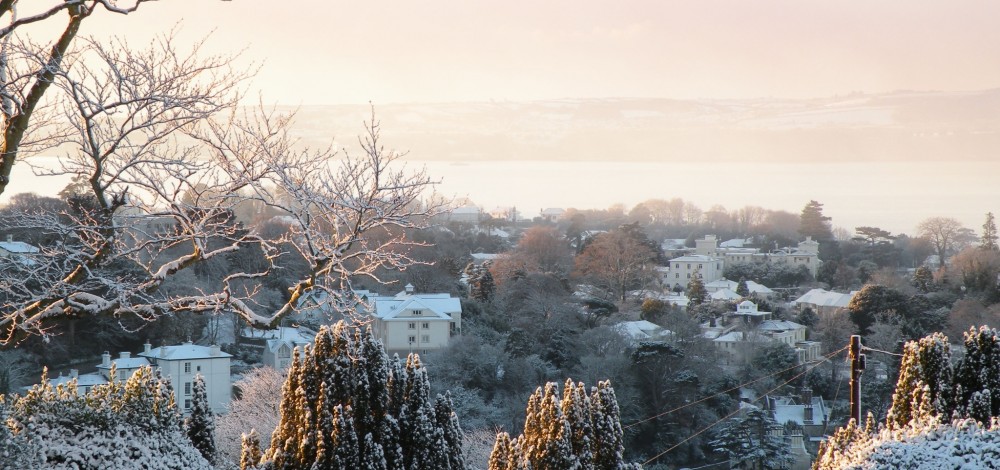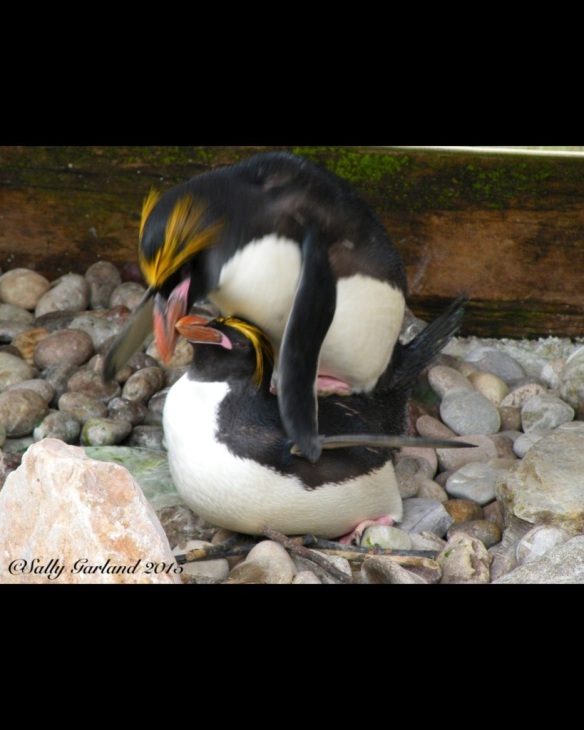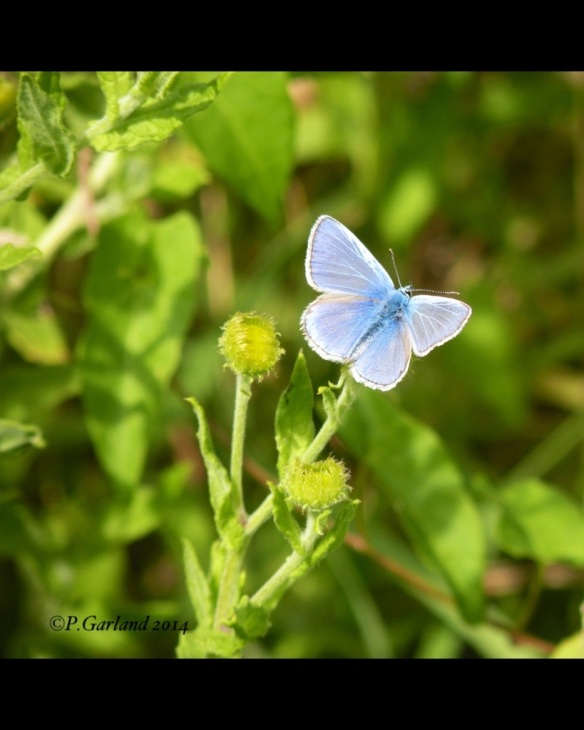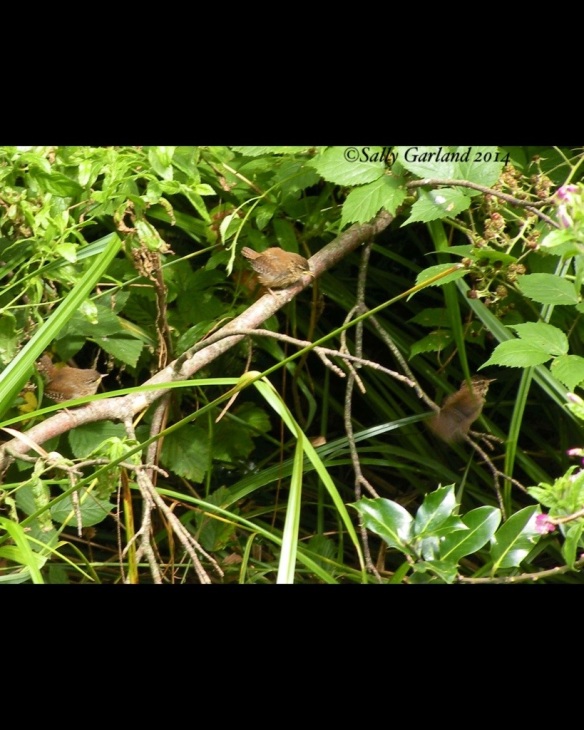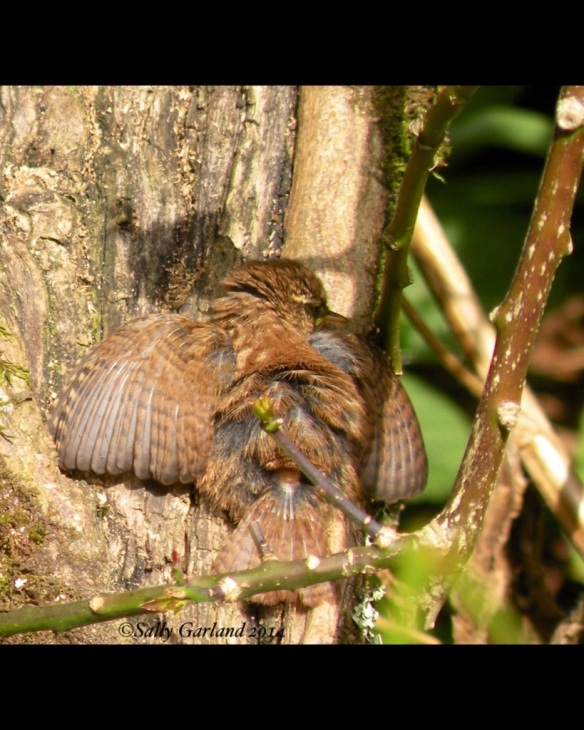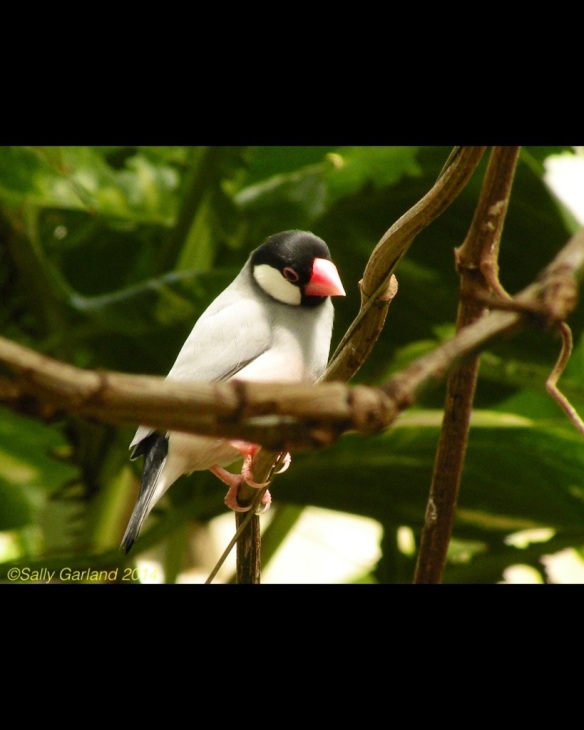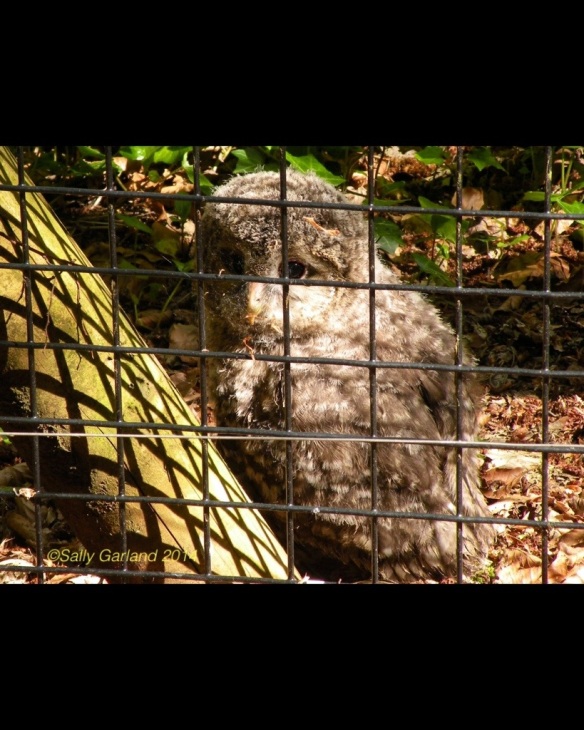Macaroni Penguins…Living Coast, Torquay, Devon.

Macaroni penguins live from the subantarctic to the antarctic peninsula.
The face, back and flippers of this flightless bird are black…the belly white. The head has a bright yellow, wispy crest, red and pink beak and black eyes. The feet and legs of this penguin are soft pink.They eat krill, crustaceans and small fish.
These penguins are sociable and in the wild live in large colonies. The penguins here live together in a small stony area in Living Coasts, Torquay.
Although the space is in my opinion too small, the penguins seem to make the best of it and are breeding, so must be fairly content.
Seeing the Macaronis in their ‘ecstatic display’ as they flirt, make braying noises and wave their heads from side to side, is quite a sight.

Afterwards these penguins stood together looking quite content. Two eggs may be laid in the next few weeks. Chicks will follow shortly after.
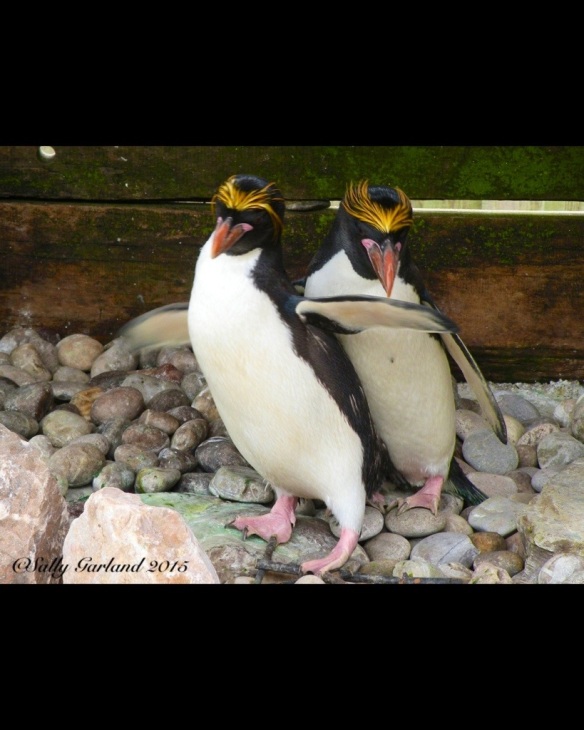
There has been a decrease in populations in recent years and Macaroni Penguins
are classed as vulnerable.
English sailors apparently named the species for its yellow head crest….
People in the 18th century who wore bright, fancy clothing were labelled a “maccaroni” or “macaroni”. English sailors who first saw the penguins in the Falkland Islands thought they looked flamboyant with their bright yellow crest so named them Macaronis..
